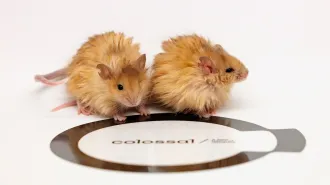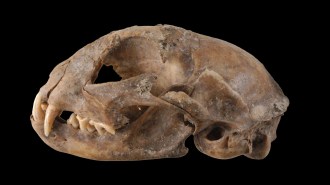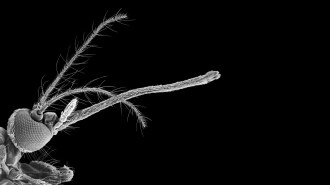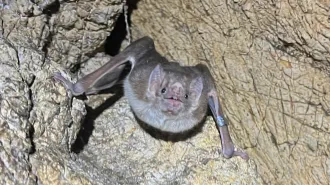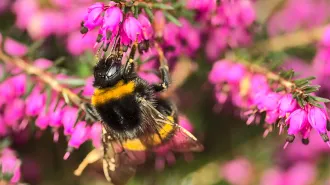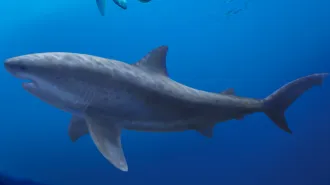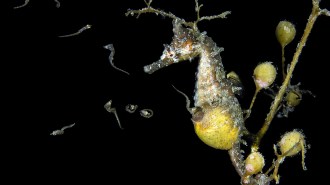A wasp was caught on camera attacking and killing a baby bird
Some wasps scavenge carrion, but reports of attacks on live birds are rare

Despite being a social insect, a lone Agelaia pallipes wasp (one shown) made many solo trips to the nest of a lined seedeater, at times biting a 4-day-old bird and tearing its flesh.
Gionorossi/Wikimedia Commons (CC BY-SA 4.0)

